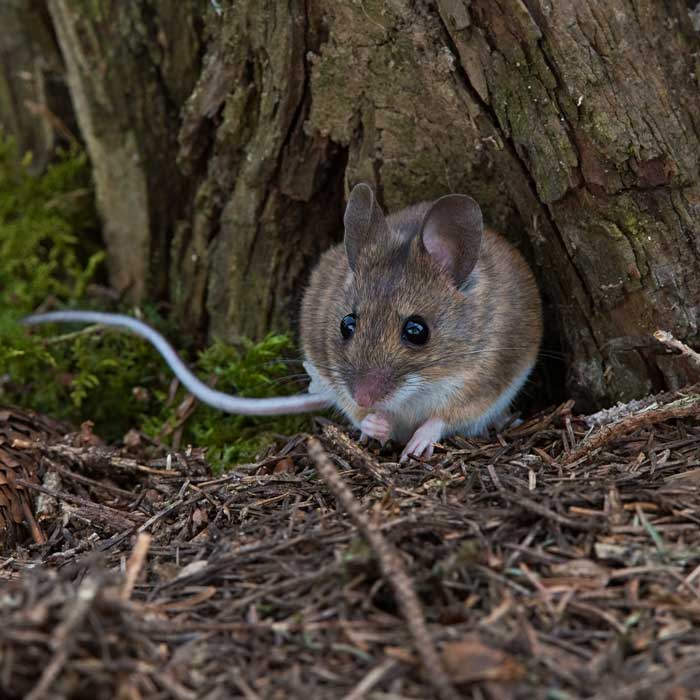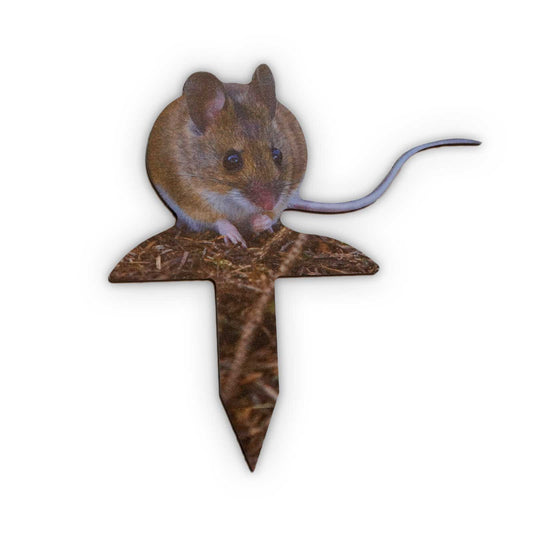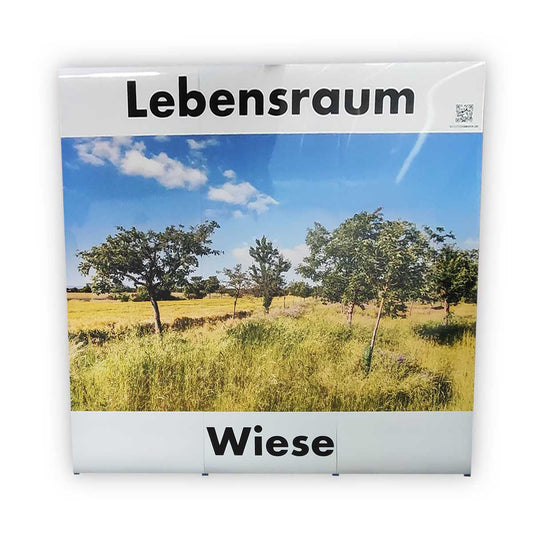
wood mouse
The wood mouse, a common rodent species in European forests and other habitats, plays an important role in the ecosystem as a food source for predators and as a disperser of seeds. This fact sheet provides a detailed overview of the biology and lifestyle of the wood mouse and highlights the importance of its protection and conservation in natural habitats.
wood mouse Products
-
Animal display wood mouse
Regular price From 9,90€Regular priceUnit price / per -
Animal display wood mouse skewer
No reviewsRegular price 10,90€Regular priceUnit price / per -
Pop-Up Wall "Forest Habitat"
No reviewsRegular price 300,00€Regular priceUnit price / per -
Pop-Up Wall "Forest Habitat"
No reviewsRegular price From 1.200,00€Regular priceUnit price / per -
Pop-Up Wall "Forest Habitat"
No reviewsRegular price From 1.200,00€Regular priceUnit price / per
Profile: wood mouse
-
Scientific classification
- Class: Mammalia (mammals)
- Order: Rodentia (rodents)
- Family: Muridae (mice)
- Genus: Apodemus
- Species: A. sylvaticus (wood mouse)
-
Physical characteristics
- Size: Body length of 8-12 cm
- Tail length: 7-10 cm
- Weight: 20-35 g
- Special features: Small to medium sized mouse with grey-brown fur, lighter belly, large round ears, long tail, dark eyes.
-
Habitat and distribution
- Common regions: Europe, North Africa, parts of Asia
- Habitat: Diverse, from deciduous and coniferous forests to hedges and bushes to gardens and fields.
-
Nutrition
- Diet: Omnivorous
- Typical food: seeds, fruits, nuts, insects, worms, bird eggs, small vertebrates.
-
Reproduction and lifestyle
- Breeding season: spring to autumn
- Litter size: 4-7 young per litter
- Nest building: In burrows, under tree roots or in dense vegetation
- Social structure: Mostly solitary, but also in colonies in suitable habitats.
-
Lifespan and protection status
- Life expectancy: Up to 2 years in the wild
- Threat status: Not threatened, but habitat loss and hunting by predators may affect local populations.
- Protective measures: preservation and protection of natural habitats, avoidance of pesticide use in agriculture.




